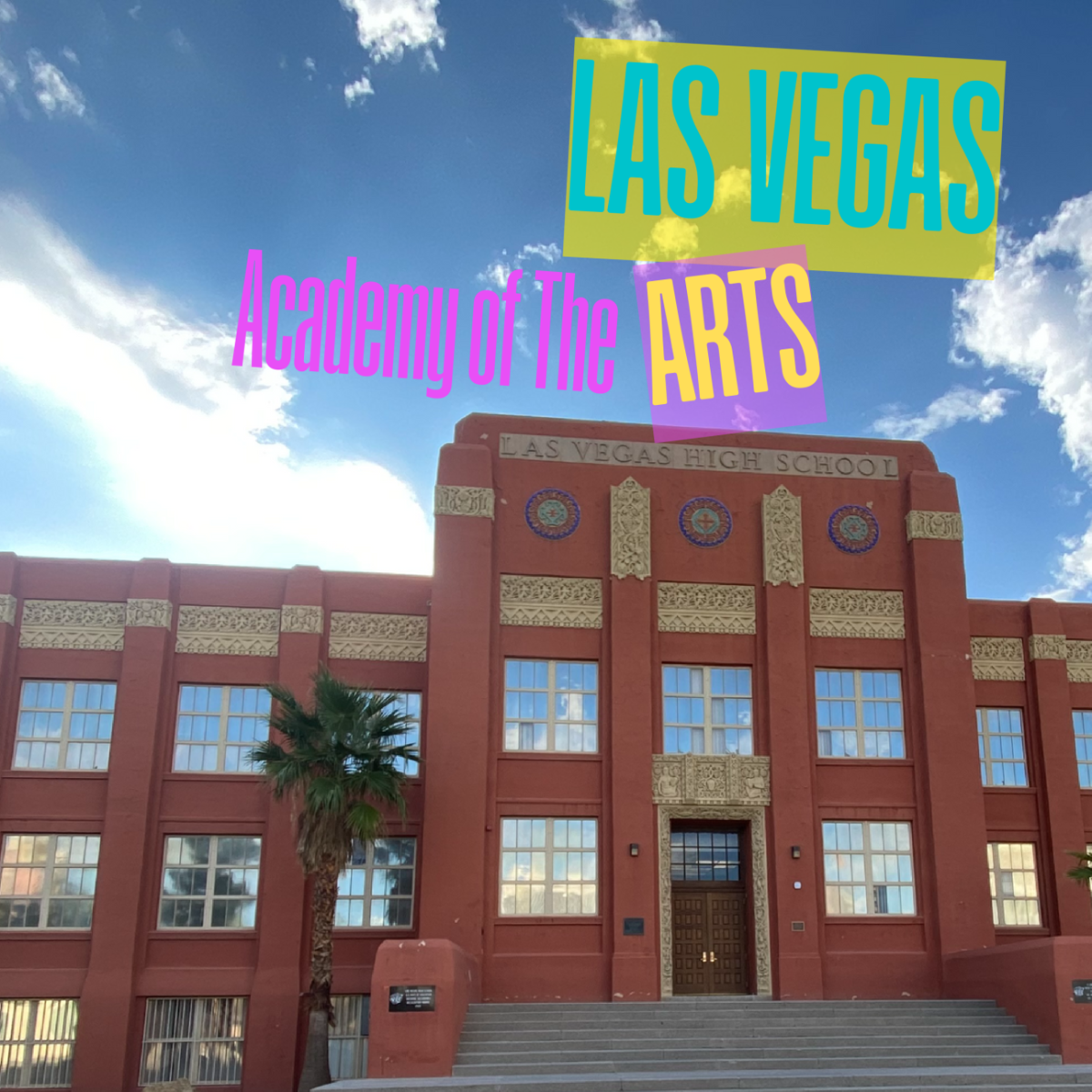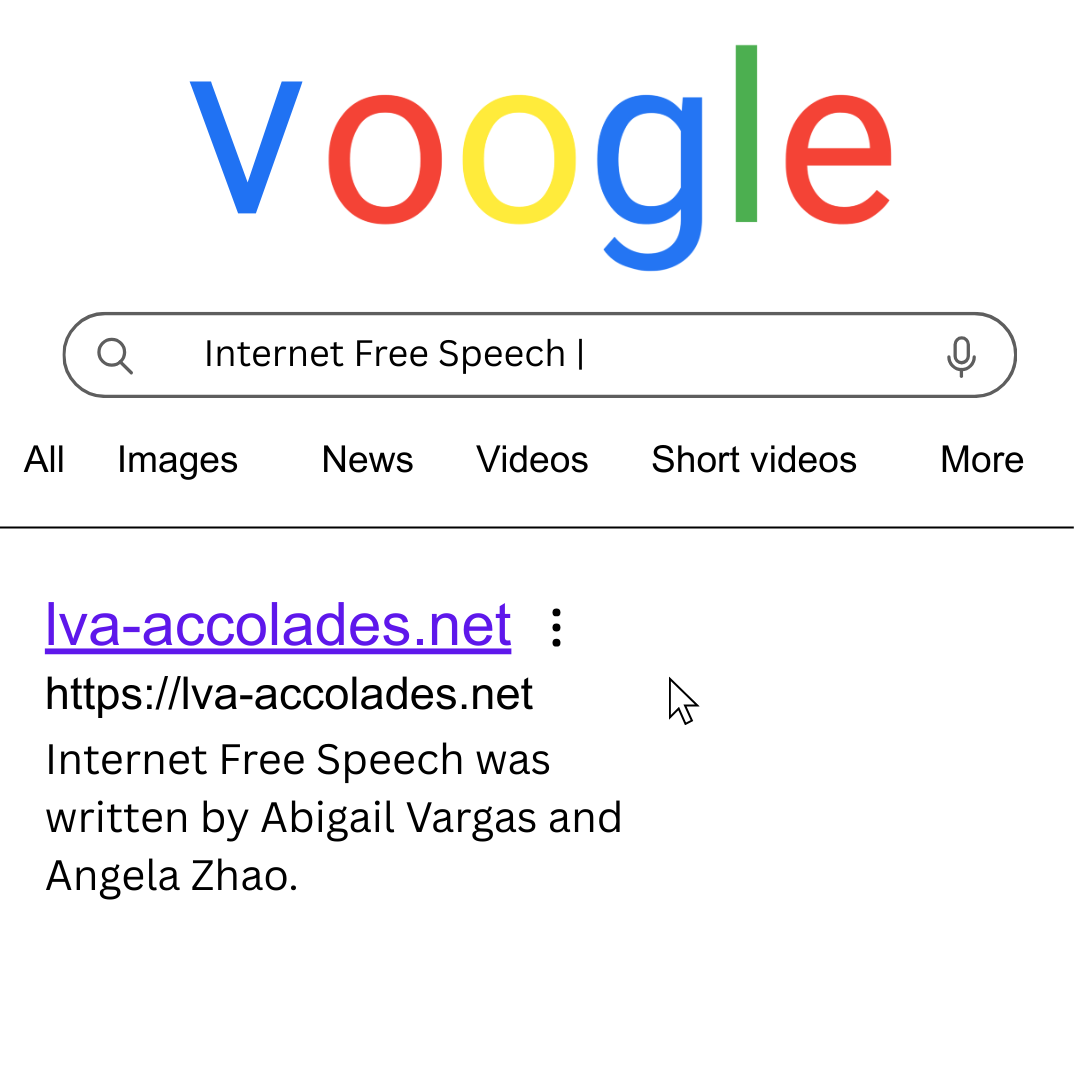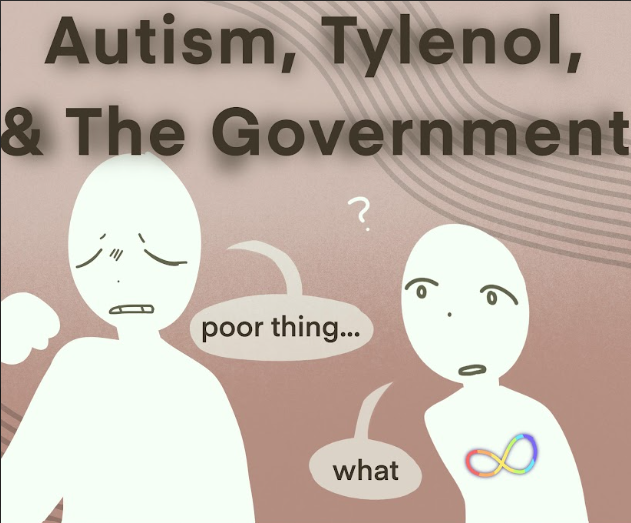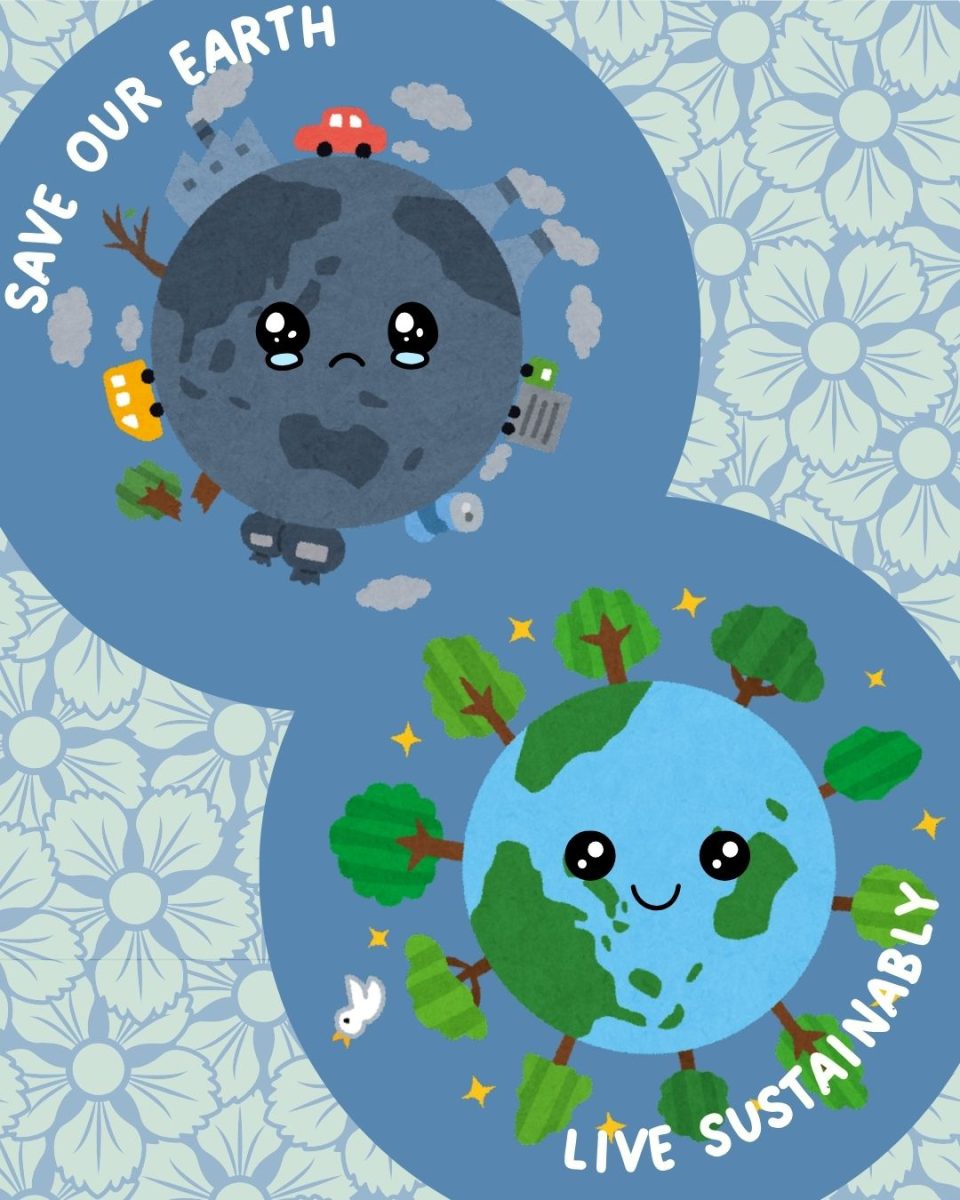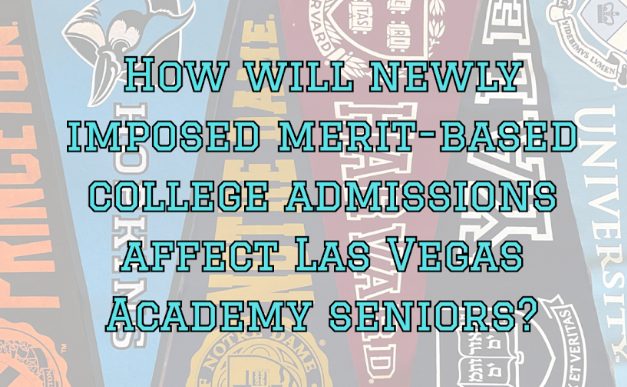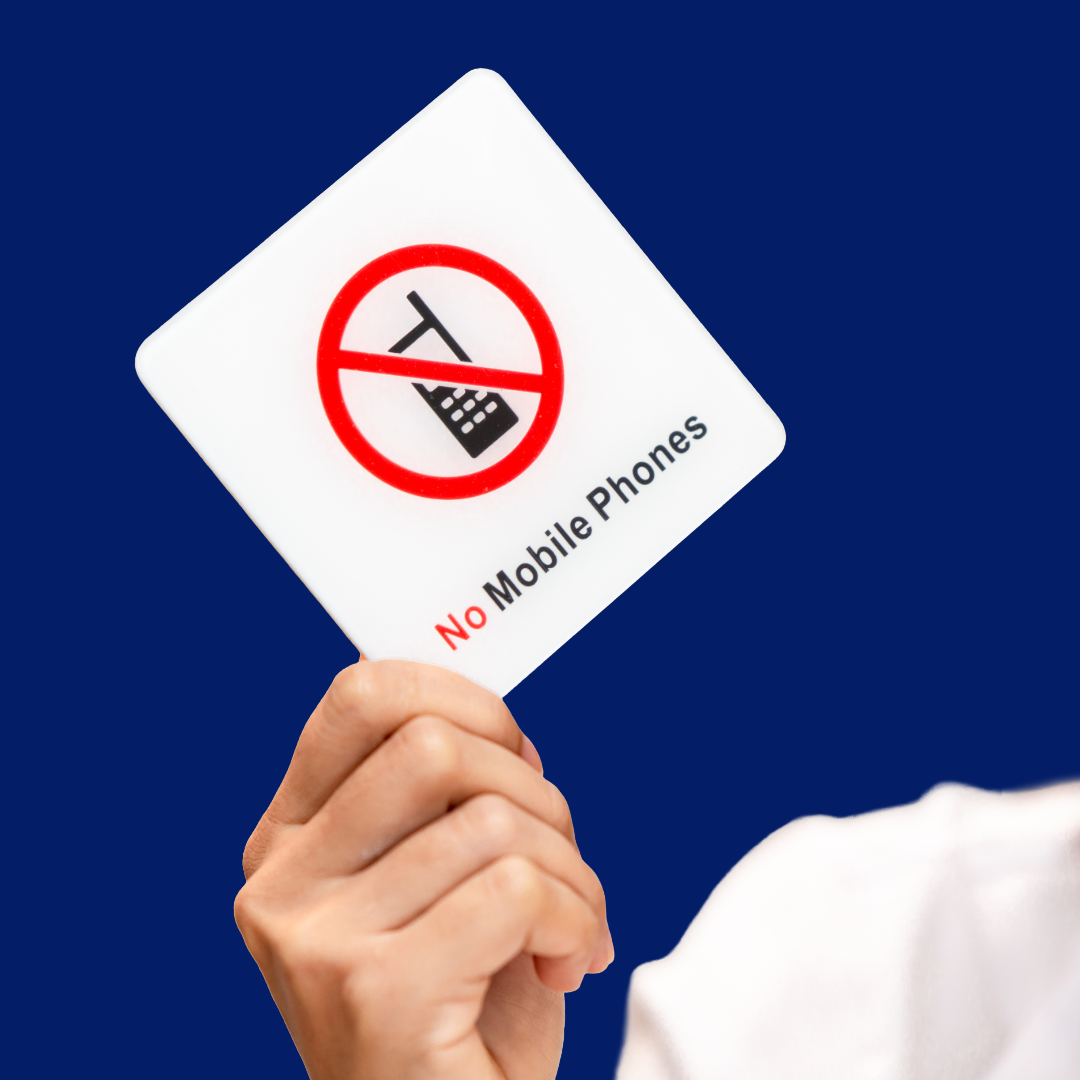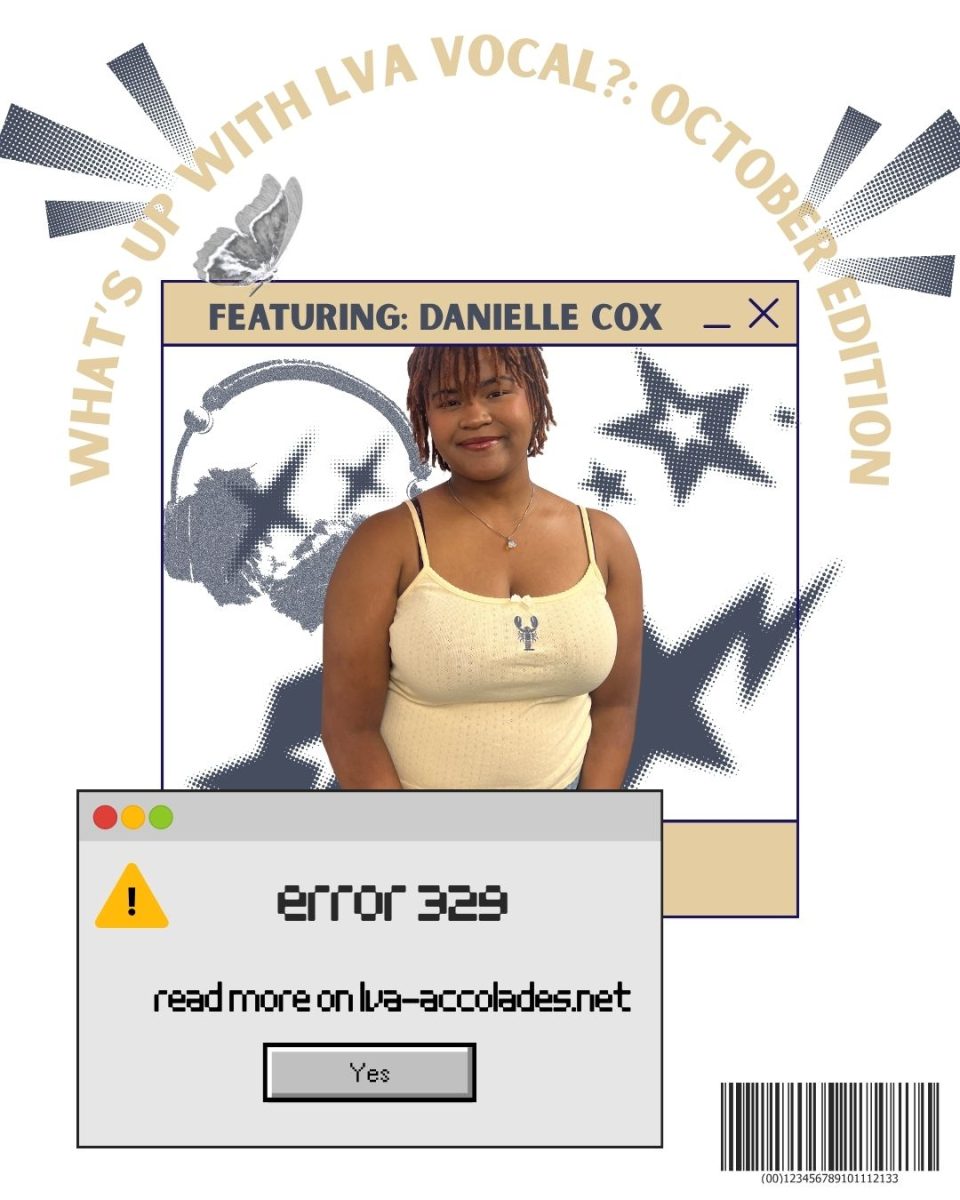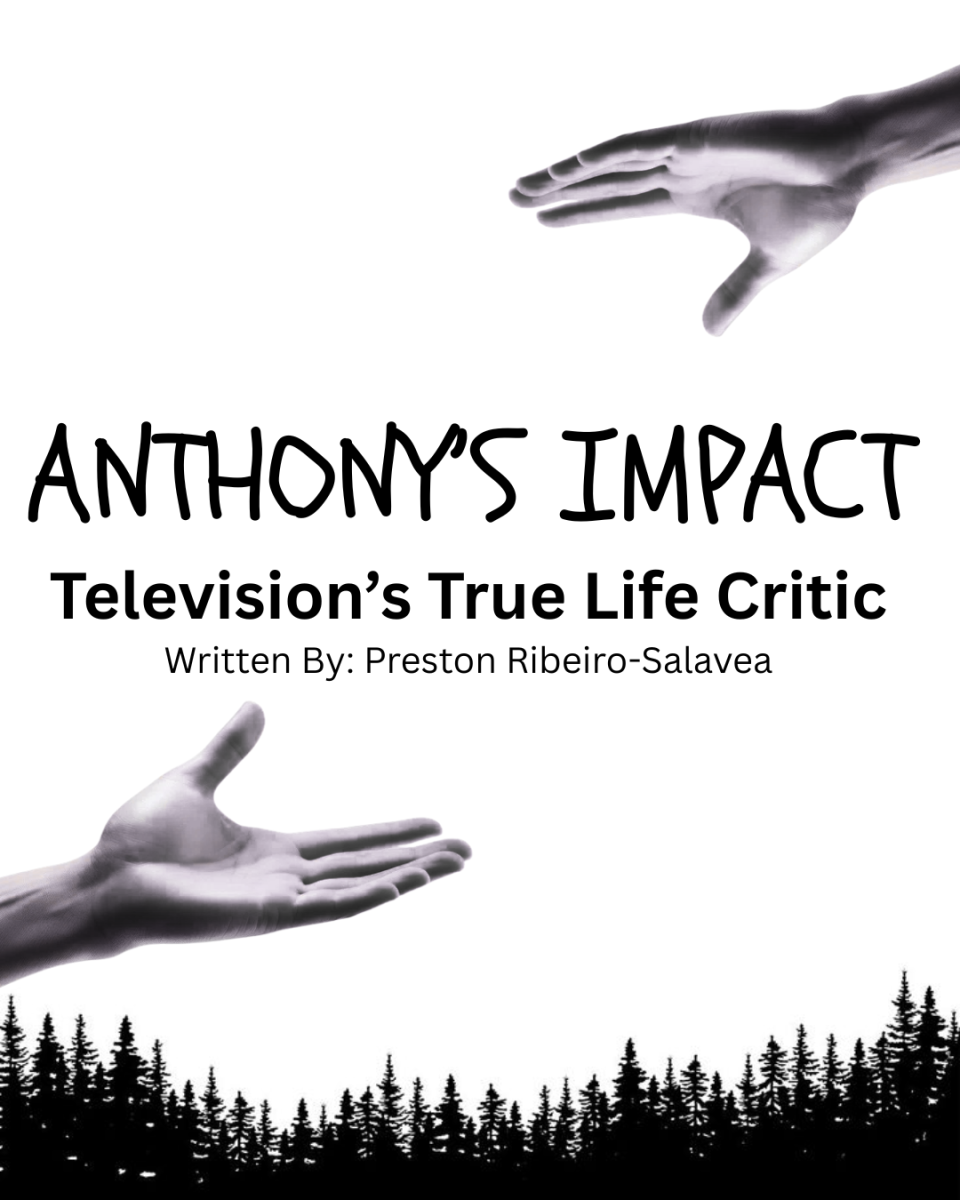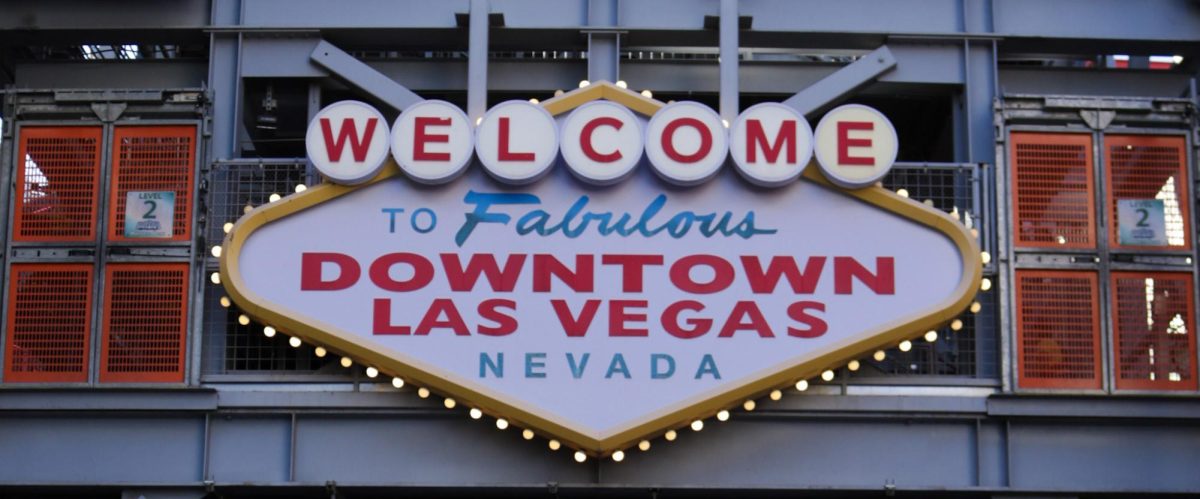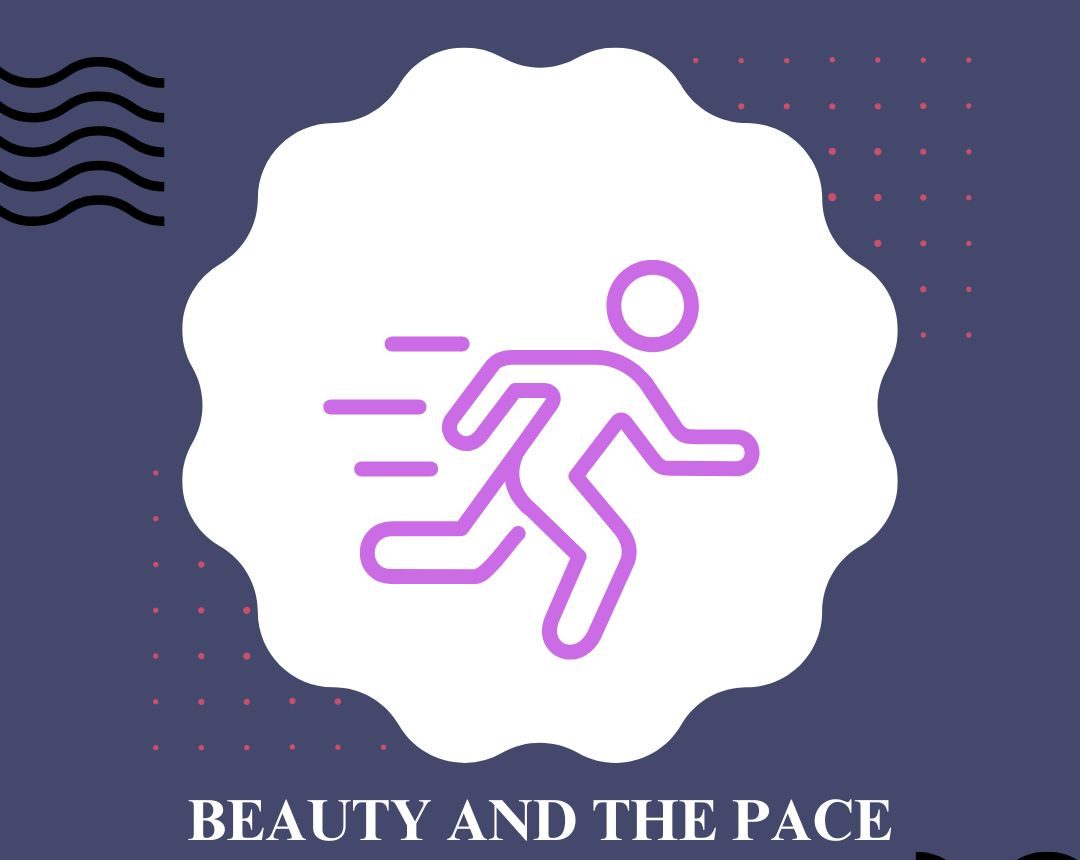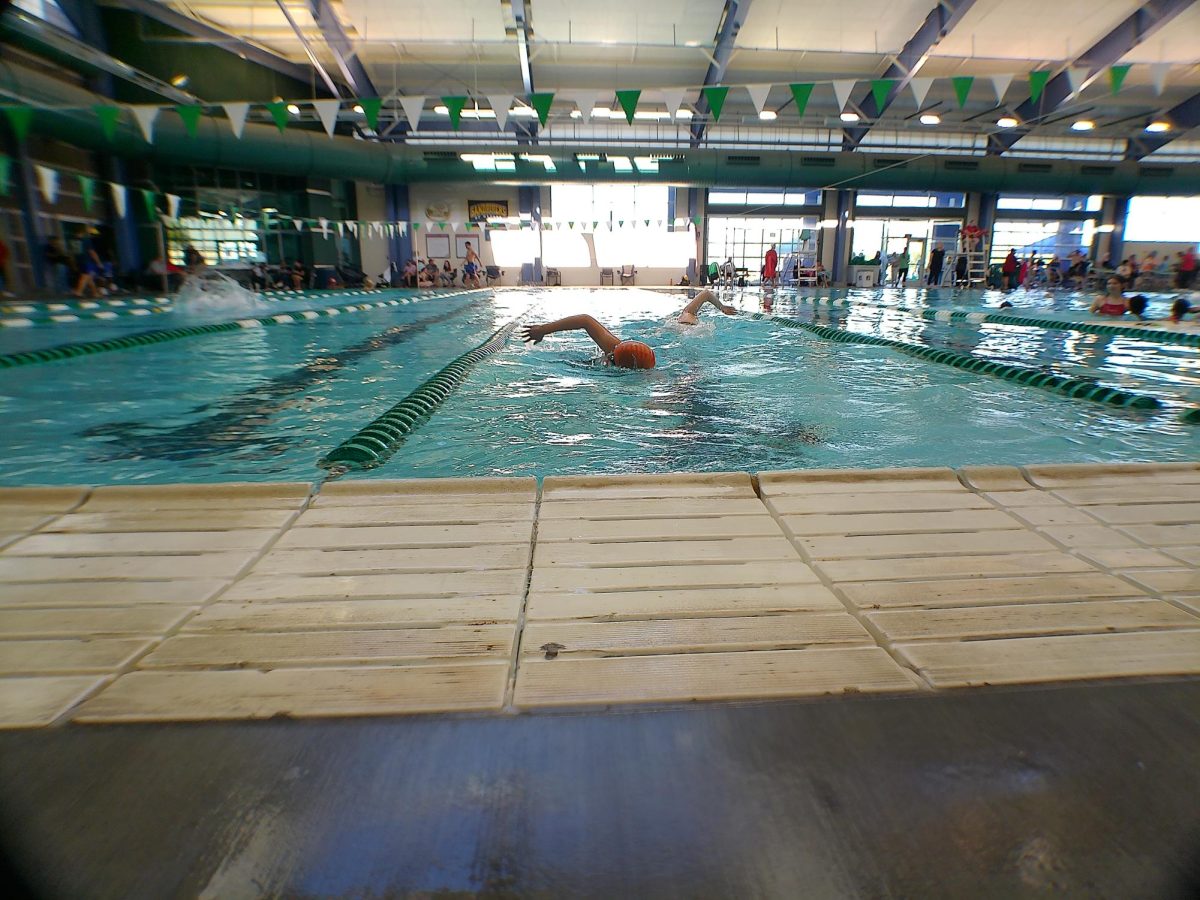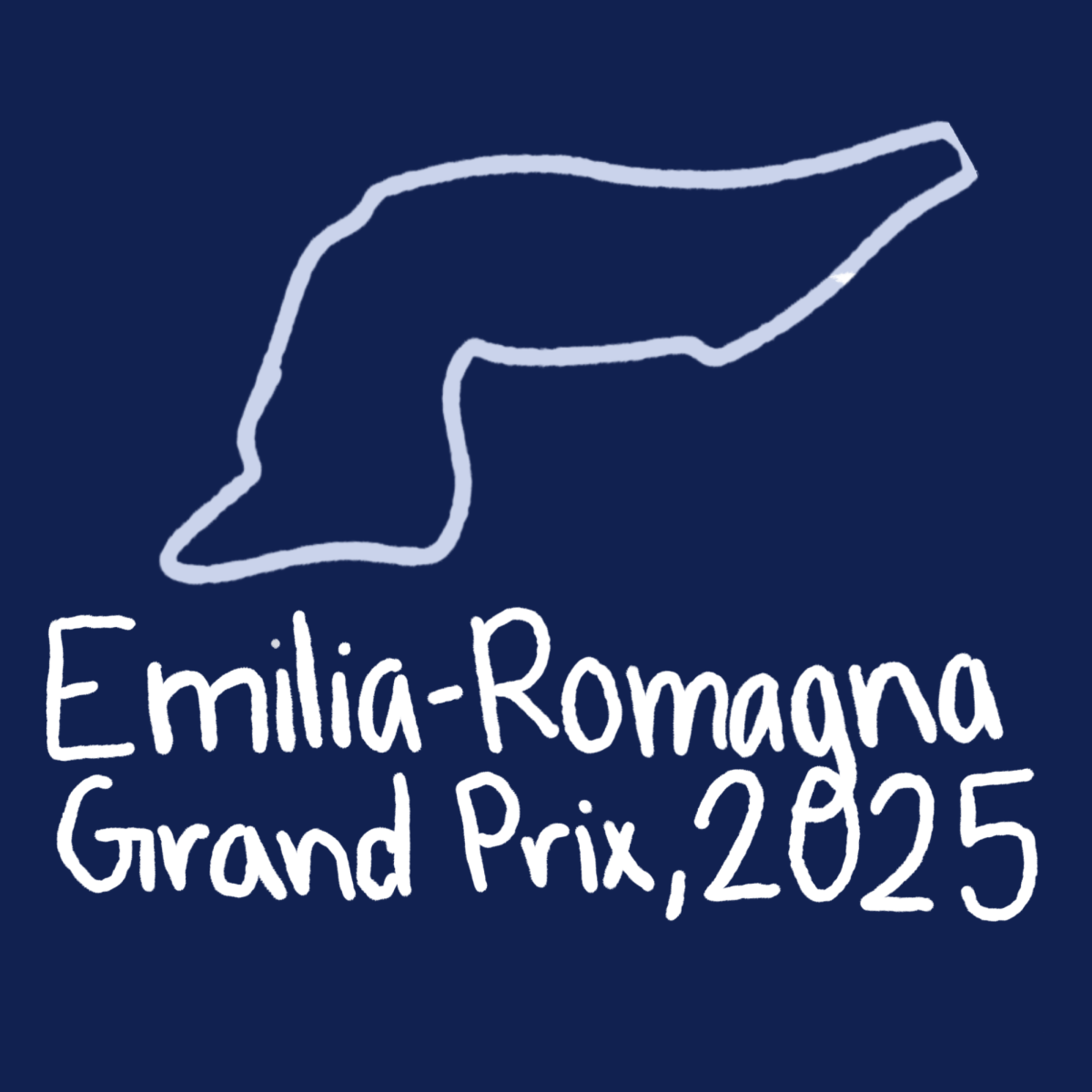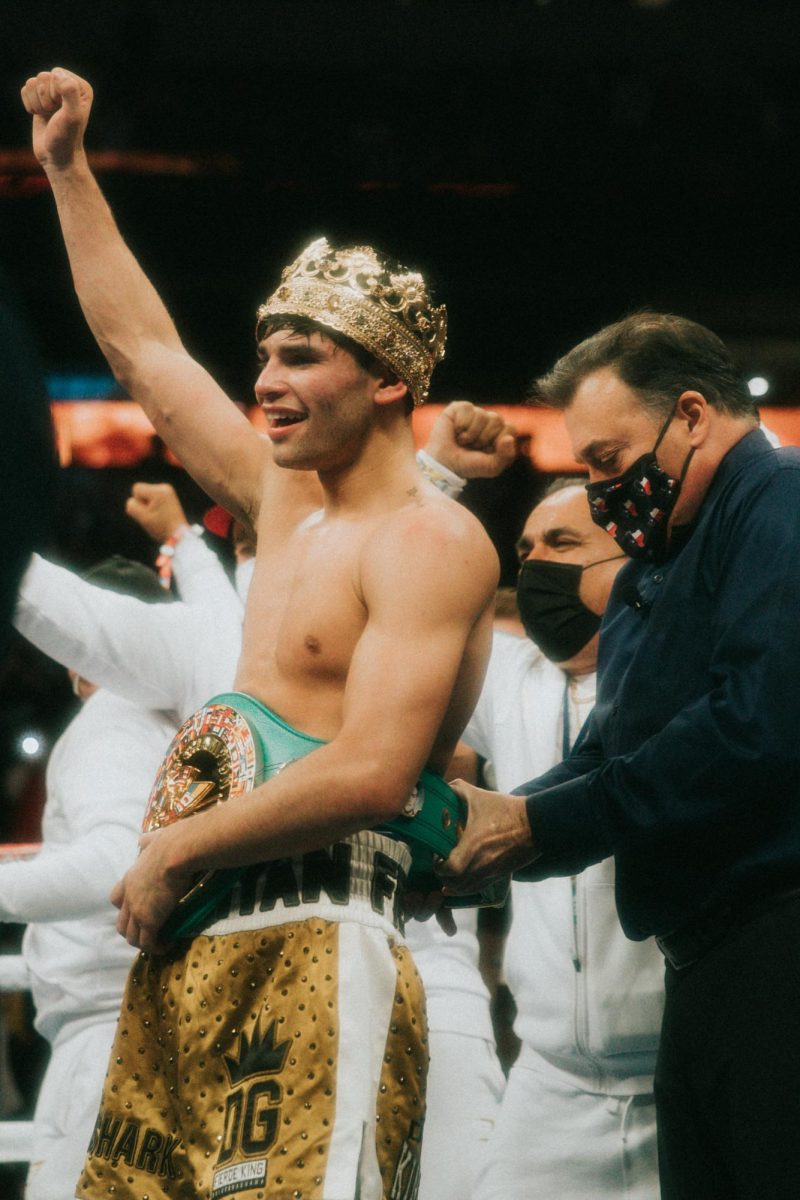What is going on in Ukraine and why?

Image Credit: “Russia Ukraine Locator” by Dim Grits is marked with CC BY-SA 4.0.
April 21, 2022
- Russia-Ukraine history
We’ve all heard about what could possibly be WW3, but to really understand what is going on between Russia and Ukraine we have to go way back before Putin. Ukraine entered history with the establishment of the medieval state of Kievan Rus, starting in the 14th-century present-day Ukrainian territories came under the rule of the Golden Horde, a sector of the Mongol Empire, the Polish-Lithuanian Commonwealth, and finally under the Crimean Khanate in the 15th century. After The Thirteen’ Years War in 1686, the eastern part of Ukraine came under Russian rule and in 1795 all of the territories that constitute present-day Ukraine were in control of the Russian Empire and Habsburg Austria.
Fast forward to 1917 when the Bolsheviks invaded Ukraine, that’s when the country first declared its independence right before its own civil war started. Following the conclusion of WW1 Ukraine was once again divided between Poland and Soviet Russia. The bolshevik-occupied part of Ukraine became a communist puppet state (Ukrainian Soviet Socialist Republic), and in 1922 along with Russia and other nations, it became one of the founding republics of the Soviet Union. Although initial soviet policies accepted the Ukrainian language and culture, in the 1930s a new policy known as Russification was introduced and for two years millions of Soviet Ukrainians starved to death in what is known as the Holodomor.
In 1941 in the middle of WW2 Germany and the axis powers invaded Ukraine, some people praised Nazi soldiers as liberators, others fought against the axis forces, and others formed the Ukrainian Insurgent Army that fought against both. In 1991 with the collapse of the Soviet Union Ukraine became an independent state, but it also went through an 8-year recession because of this. In 1997 Russia and Ukraine signed a “friendship treaty” which recognized the inviolability of existing borders, respected the territorial integrity, and fixed a mutual commitment not to use their territory to harm each other’s security; basically, this treaty prevented Russia and Ukraine from invading each other, although in 2018 Ukraine announced it would not renew the treaty.
In 2013 when the former president of Ukraine decided to keep closer ties with Russia instead of signing a political association and free trade agreement with the European Union, a wave of protests erupted, after several months the president was impeached and Russia invaded and annexed the Ukrainian peninsula of Crimea, many countries condemned this as a violation of international law and the UN didn’t recognize it as Russian territory. Finally, Russia invaded Ukraine earlier this year in February, leaving Europe in its largest refugee crisis since WW2. The UN along with the International Court of Justice, and the Council of Europe have demanded Russia withdraw and suspend military operations, but many are asking themselves, is Putin trying to restore the Russian Empire, or what are his reasons for this invasion?
- Why and when did Russia invade Ukraine?
Russia officially invaded Ukraine on the 24th of February 2022, but there were definitely tensions before that. Apparently, Putin’s justification, because most Russian people don’t agree with this war, is that “modern Western-leaning Ukraine was a constant threat and Russia could not feel “safe, develop and exist” ”. Looking at it objectively, is Russia really the one that can’t feel safe, develop and exist after several weeks of bombardment, thousands of deaths and millions of refugees in Ukraine? Putin’s initial goal was to “overthrow” Ukraine’s government to prevent them from joining NATO because from Russia’s point of view NATO aims to split society in Russia and ultimately destroy it, but as we know, he failed to capture Kyiv and moved onto the east and south of Ukraine, where Russian forces are still encountering strong resistance, even the president paid regular visits to the frontline.
Over a month into the invasion and Russia has control over part of the east of Ukraine. Putin declared that he had “generally accomplished” the aims of the invasion’s first phase, although Russia’s heavy losses and casualties, as well as their withdrawal from areas around the capital, have minimized his ambitions. Recent efforts of negotiation have not been very successful, nor have the attempts to evacuate civilians from several Ukrainian cities as they are surrounded by Russian forces which don’t seem to cease the attacks.
Since the Soviet Union collapsed in 1991 and Ukraine gained independence, Ukraine has leaned more towards the west, Putin aims to “reverse” that since he claimed, “Ukraine never had stable traditions of genuine statehood”.
- Does Putin have plans beyond Ukraine?
International leaders, as well as anyone who has been following the war since February, see this as a turning point in the history of Europe that will leave Ukraine and European security scarred for decades and say that it looks like Putin’s intentions are to rebuild the Russian Empire. Putin wants to redefine the status quo of Europe and will not be held back from using military power if he has to do so. Other analysts fear this will turn into a Cold war-type of confrontation with the West, and even President Joe Biden has labeled him as a war criminal.
Former minister of finance of Ukraine Oleksandr Danylyuk stated that “If we give him a finger, he will bite the whole hand. There can only be one negotiation: They withdraw from Ukraine and pay us reparations. That’s it.”
- How does it affect not only Europe but the world?
Right after the invasion, the European Union acted with unprecedented action and Europe seems the most united it has ever been. The EU, which is known for being rather slow, has never acted so fast; it started drafting sanctions weeks before the invasion and provided millions worth of weapons to Ukraine, which isn’t even a member of the union. Europe is currently in the biggest humanitarian crisis since WW2, the UN High Commissioner for Refugees has predicted that as many as four million people could flee from Ukraine to the neighboring countries, but the EU estimated that there may eventually be up to seven million war refugees.
Due to the war, prices of food, automobiles, basic consumer goods, and especially in gas have severely increased, and inflation in the global economy has had the fastest increase in the last 40 years. Hundreds of international corporations such as Coca-Cola, Netflix, Visa, Mastercard, Pfizer, Amazon, Google, Microsoft, UPS and many more have suspended operations, cut ties, and frozen financial transactions in Russia.
Biden has also put bans on imports of key Russian products and has banned exports of high-end goods to Russia.

